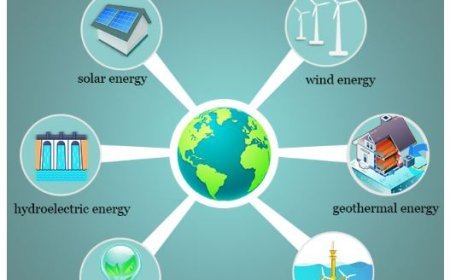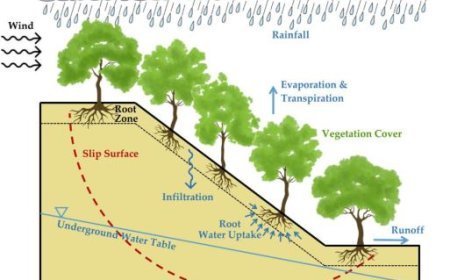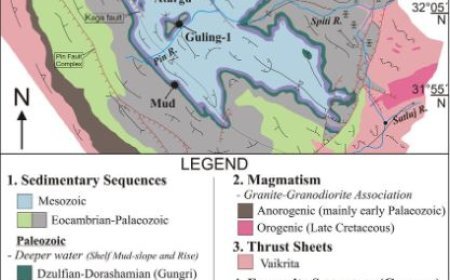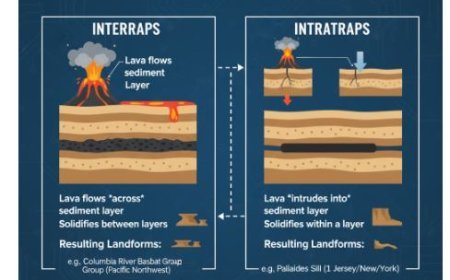OXYGEN AND CARBON ISOTOPES STUDIES IN MICROFOSSILS AND THEIR UTILITY
Understand the significance of oxygen and carbon isotope studies in microfossils for reconstructing ancient environments.
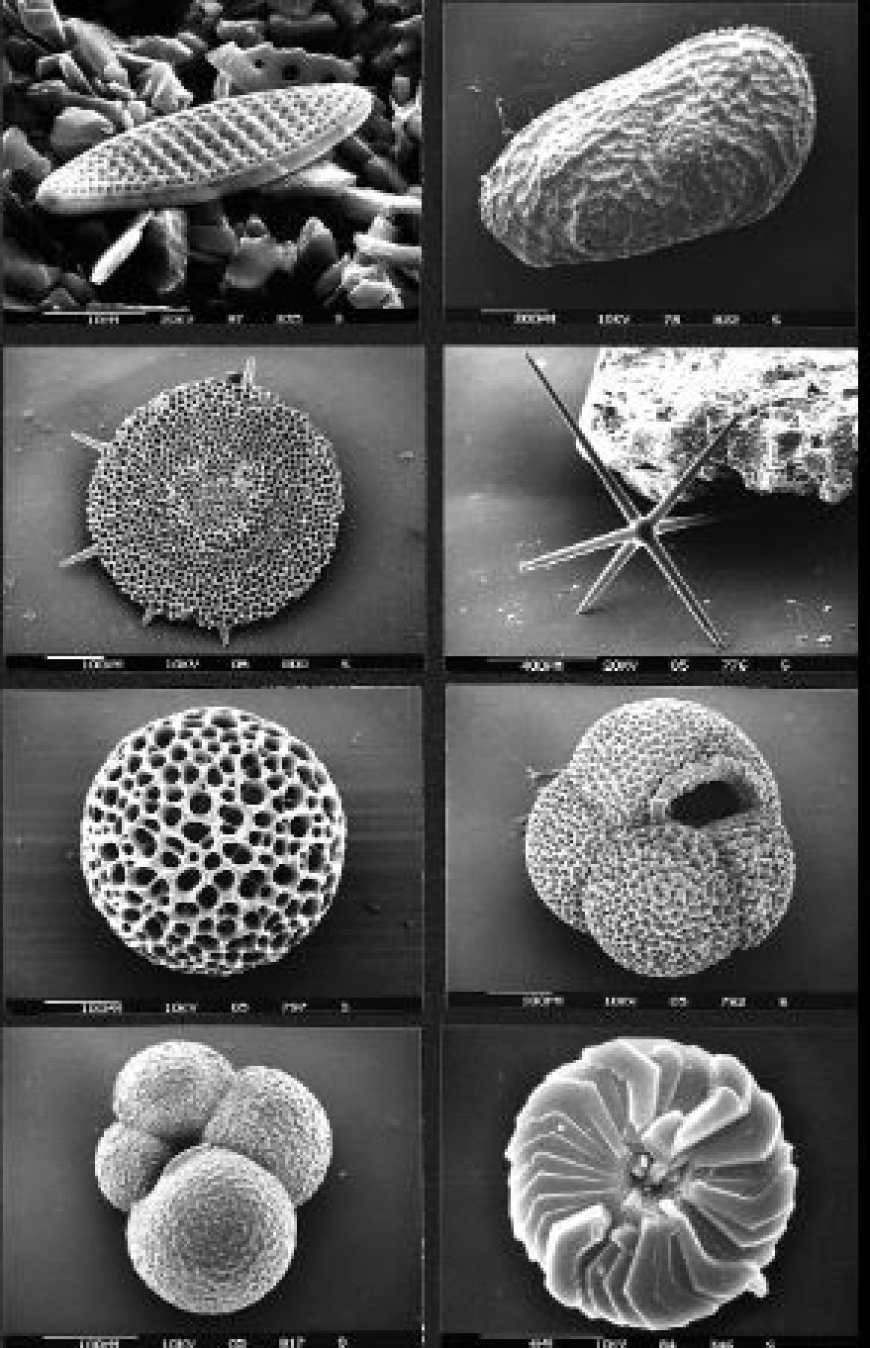
Oxygen and Carbon Isotope Studies on Microfossils and Their Utility
- When we think of investigating ancient life, we often envision dinosaurs or huge ferns.
- However, small creatures known as microfossils can reveal just as much about our planet's past.
Microfossils
- Microfossils are the remains of little creatures that existed millions of years ago.
- Examples include small shells, plankton remnants, and other microscopic living forms.
- These tiny fossils can be discovered in rocks, sediments, and even ice.
- They are helpful to geologists investigating historical ecosystems.
- Isotopes are variants of a chemical element with the same number of protons but different neutrons.
- This implies that, while they have the same chemical properties, their weights differ. Two of the most significant isotopes in geology are:
- Oxygen isotopes (O-16 and O-18): O-16 is lighter while O-18 is heavier.
- The carbon isotopes (C-12 and C-13): Similarly, C-12 is the most frequent and lightest type of carbon, but C-13 is heavier.
Isotopes Matter in Geology?
Isotope research can give insight into significant geological processes.
- Microfossils' oxygen isotope ratio provides insight into former temperatures. For example, if microfossils contain more O-18 than O-16, it suggests a warmer environment at the period.
- Changes in oxygen isotope ratios can indicate changes in ocean chemistry and sea-level rise.
- Carbon Cycling: Studying carbon isotopes helps scientists understand how carbon moves through Earth's systems throughout time. This reveals previous climatic conditions, including periods of warming and cooling.
How Are Isotopes Analysed in Microfossils?
To examine isotopes in microfossils, scientists often follow these steps:
- Collection: Microfossils are found in sedimentary rocks and ocean floors.
- Preparation: Microfossils are cleaned and ready for examination.
- Isotope Measurement: Scientists use mass spectrometers to analyse the isotope ratios of microfossils.
- Data Interpretation: The detected ratios are analysed and compared to other geological data to determine previous environmental conditions.
The Significance of Carbon and Oxygen Isotope Research
- The study of oxygen and carbon isotopes in microfossils is important for various reasons:
- Climate Change Research: Understanding historical climates helps forecast future situations, crucial for environmental protection and management.
- Isotopes are used in palaeoecology to study ancient ecosystems and the evolution of life on Earth.
- Isotope studies can aid in identifying oil, gas, and mineral resources by revealing geological processes responsible for their formation.
- Earth History studies provide insight into Earth's geology and temperature across time, shedding light on the evolution of life.
What's Your Reaction?









